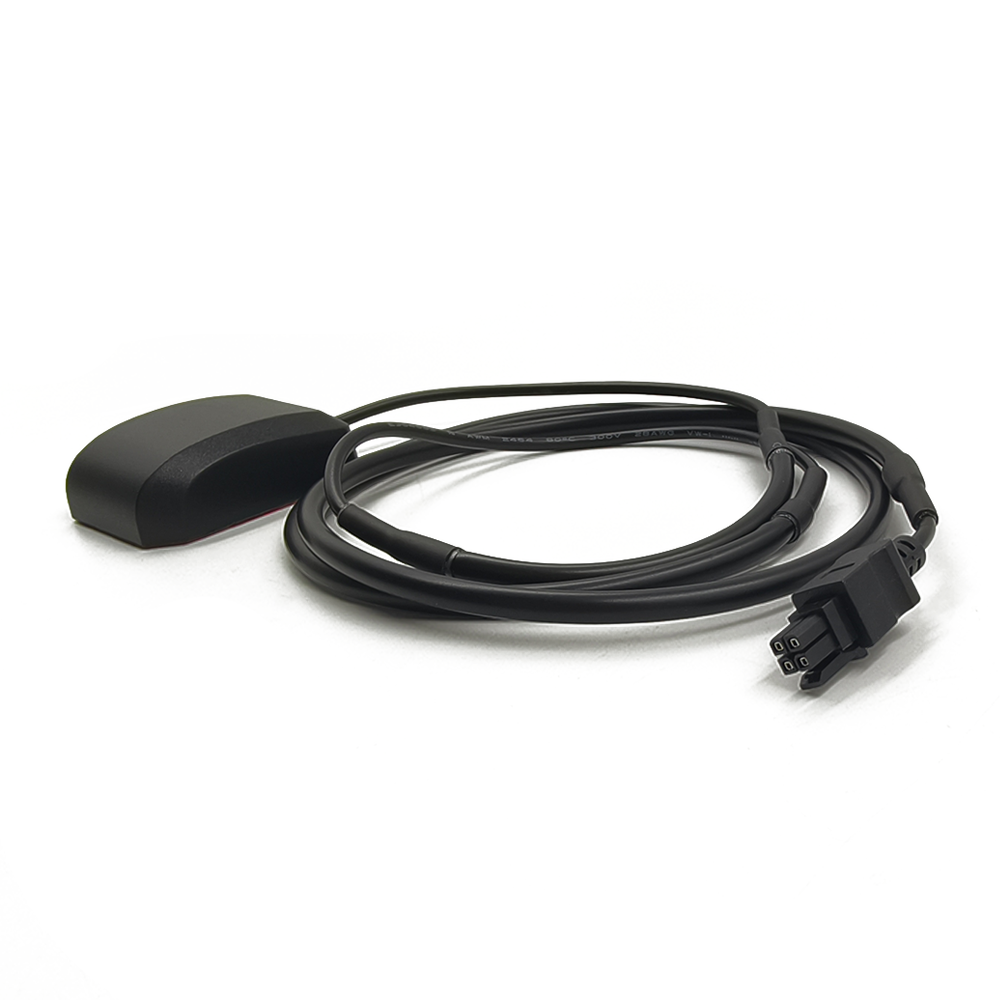Applications
Automotive Navigation: Multi-constellation GNSS external antennas are widely used in vehicles for navigation, telematics, and advanced driver-assistance systems (ADAS), providing accurate positioning for route guidance and safety features.
Aerospace and Defense: In military and aerospace applications, these antennas support precise navigation, targeting, and communication, enhancing operational effectiveness and situational awareness.
Agriculture: Precision agriculture relies on multi-constellation GNSS antennas for accurate mapping, crop monitoring, and autonomous machinery guidance, improving yield and efficiency.
Surveying and Geomatics: Surveyors use these antennas for high-precision positioning in land surveying, construction, and mapping applications, ensuring accurate data collection and analysis.
Marine Navigation: On ships and boats, multi-constellation GNSS antennas provide reliable navigation in open waters and near-shore environments, supporting safe and efficient maritime operations.
Future Trends
Integration with 5G and IoT: As 5G networks and the Internet of Things (IoT) continue to expand, multi-constellation GNSS antennas will play a crucial role in providing precise positioning for connected devices and smart infrastructure.
Miniaturization and Low-Profile Designs: Advances in antenna technology will enable the development of smaller, lower-profile multi-constellation antennas, making them easier to integrate into portable devices and UAVs.
Enhanced Multi-Path Mitigation: Ongoing research into multi-path interference mitigation techniques will improve antenna performance in urban and other challenging environments, further enhancing positioning accuracy.
Support for New GNSS Constellations: As new GNSS constellations, such as India's NavIC and Japan's QZSS, become operational, multi-constellation antennas will evolve to support these additional signals, expanding their global coverage and utility.
Increased Use of Machine Learning: Machine learning algorithms may be employed to optimize antenna performance in real-time, adapting to changing environmental conditions and improving signal reception.
6. Conclusion
Multi-constellation GNSS external antennas represent a significant advancement in satellite navigation technology, offering enhanced positioning accuracy, reliability, and availability by leveraging signals from multiple GNSS constellations. Their robust design, sophisticated signal processing capabilities, and adaptability to various environments make them indispensable in a wide range of applications, from automotive navigation to aerospace and defense. Despite challenges related to design complexity, cost, and interference management, ongoing innovations in antenna technology are addressing these issues and driving the continued evolution of multi-constellation antennas. As GNSS systems continue to expand and integrate with other technologies, such as 5G and IoT, multi-constellation GNSS external antennas will remain at the forefront of precision navigation, supporting a safer, more connected, and efficient world.




































































 Language
Language
 En
En Cn
Cn Korean
Korean

 Home >
Home > 








 18665803017 (Macro)
18665803017 (Macro)













